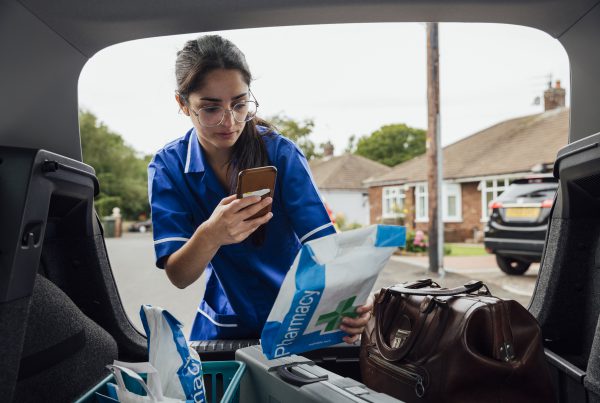Laura Green, Senior Workforce Project Manager at James Paget University Hospitals NHS Trust, writes:
At a recent study day about implementing medical rostering, I discussed the importance of having the support of all stakeholders, including the doctors. Many trusts find the implementation of eRostering difficult, especially doctors with common objections including being too busy or not having the resources to support such change, questions around why change is needed in the first place and how much it will cost. During my presentation, I explained that by bringing medic expertise into the rostering team, we then had both the relationships and detailed knowledge doctors rota conditions and needs to overcome these challenges.
We decided to bring in rostering for our doctors back in May 2019 at the point when the Trust’s Risk Register was amended to include the risk around the visibility of medics’ working patterns. This included cancelled theatre lists, cancelled clinics and utilisation of the workforce to support all cancelled activities. Discussions then progressed into spiralling costs and the lack of visibility of doctors’ unavailability in annual leave, study leave or sickness. Medical rostering is key to providing that visibility, unlocking extra resources and ultimately improving patient safety and experience.
Breaking down the barriers of introducing medical rostering
Implementing medical rostering presents many challenges, you have to begin by working alongside your doctors to identify what will benefit them and make their experience of work easier Fear of change is also often the culture in many organisations. Therefore, it is crucial to engage with the right people from the beginning to ensure a successful implementation.
At James Paget, the person we brought into the team was the Medical Workforce Administrator and he already had excellent relationships with the clinical leads and divisional ops teams. At the time, we didn’t know anything about how the doctors worked, job plans, or the fact that A&E service plans were used instead. Bringing in Nathan Bull, who is now our eRoster Business Manager, was one of the smartest moves we ever made. We tapped into the support and guidance from an expert who knew the team best.
Nathan came from the Medical Staffing Team, so he already knew how the eRostering system worked. They also understood how doctors were deployed, how they used job plans and how they used eRota for junior doctor rotas and exception reporting.
With the help and support from Allocate, we were able to go from a standing start to rolling out Allocate’s eRostering to the entire Division of Medicine within nine months and then to the rest of the organisation within 18 months.
Working alongside doctors was vital to building trust
When implementing medical rostering, we purposely didn’t mention the financial savings but instead focused on helping them to manage their absence and to manage spiralling agency costs.
We focused on finding a solution to solve the problem, we invested time to really listen to our doctors and we also ensured the message around benefits and our team was seen and heard everywhere! We made sure we were available in the doctors’ mess, got ourselves invited to clinical training sessions and used the staff magazine to communicate.
At one meeting with A&E consultants, it was clear there was concern over the visibility of working patterns and feelings that they were being monitored. By showcasing the technology, we could allay these fears by explaining how the system could provide extra support. For example, they could see which colleagues were available and how they could pick up theatre lists, clinics or respond to an on-call request.
Building the trust of the doctors also helped to persuade business support managers and corporate staff to take on the new system. With so much work being carried out on paper, such as creating rosters and submitting timesheets, they were understandably concerned that the software would replace their jobs. However, the doctors stepped in to show them the technology in action and why it was necessary, helping them see how it would make their lives easier.
While we did not have a great knowledge of how the different departments worked at the beginning of the process/rollout, we did have a good knowledge of HealthRoster and its offer. Combining this knowledge with those working in the different departments and taking the time to engage with the medics in various ways thoroughly helped us deliver what we promised and roll out a system that benefited everyone involved.




